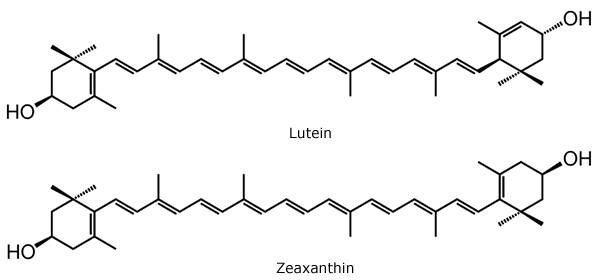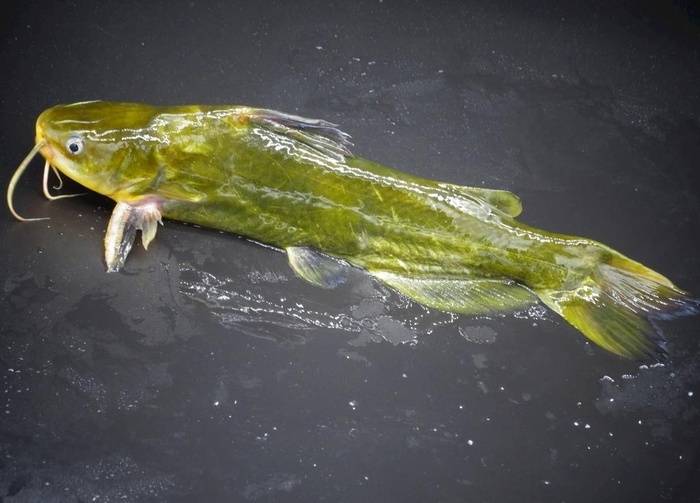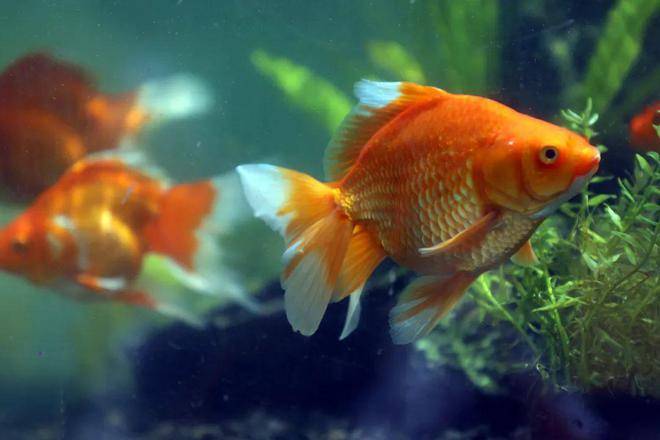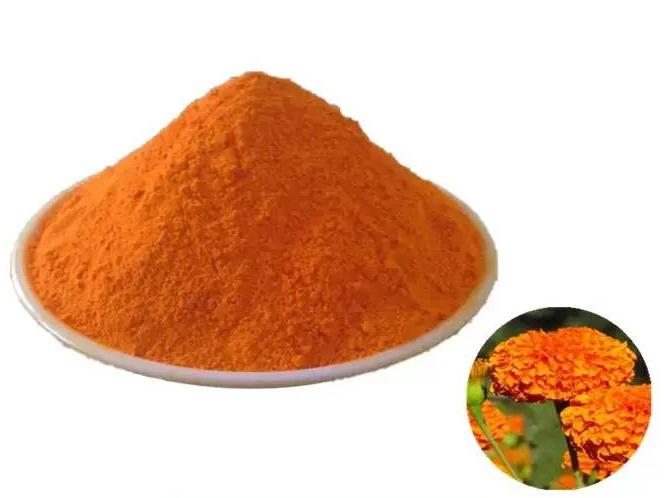Vibrant Coloration in Aquatics Driven by Natural Lutein
Ataquatic product markets, the primary factor determining transaction prices is often not weight, but appearance。 When buyers scan the displayed seafood, the vibrancy and uniformity of body color have become the “visual yardstick” for judging quality and determining grades. Yet many aquaculture practitioners face a common dilemma: meticulously farmed seafood fails to reach consumers at the final stage due to color defects.
Have you encountered scenarios like these?
★ Yellow croakers with dull coloration and less-than-golden gill covers get classified as substandard by buyers, resulting in steep price cuts
★ Shrimp with pale, overly translucent shells are deemed “not plump enough” by consumers, hindering retail sales
★ Crabs from the same harvest batch exhibit inconsistent shell coloration, making it difficult to establish a unified brand image
These seemingly cosmetic issues directly impact farming profitability. Studies show aquatic products with coloration resembling wild counterparts command 20%-50% higher market prices than standard products. The root cause lies in modern intensive farming systems, where aquatic animals struggle to obtain sufficient natural pigments from feed, preventing optimal natural coloration.
It is against this backdrop that the value of natural lutein raw materials becomes paramount. It is not merely a nutritional supplement but a key technology enabling proactive management and scientific enhancement of aquatic animals' body coloration. Through precise nutritional intervention, we empower aquaculture producers to overcome this value bottleneck, allowing every fish and shrimp to realize its inherent market worth—transforming “superior quality” into “premium pricing.”

I. How Natural Lutein Achieves Ideal Coloration
Achieving stable, ideal coloration in global aquaculture requires a rigorous scientific foundation. Through in-depth research into lutein'です metabolic pathways across aquatic species, Green Spring Technology has developed targeted coloration optimization solutions.
1. Precise Species-Specific Coloration Mechanisms
Salmonid Coloration System
・Lutein synergizes with astaxanthin to form ideal orange-red hues in muscle tissue
· Enhances pigment cell deposition efficiency by regulating the PPARγ pathway
· Forms effective antioxidant protective layers in the epidermis
Crustacean Coloration Optimization
· Lutein binds with crustacean blue protein to enhance carapace color saturation
· Accelerates pigment deposition in new exoskeletons during molting
· Establishes stable pigment reserves in subcutaneous tissues
Premium Marine Fish Coloration Solutions
· Custom formulations developed for species like golden head sea bream and grouper
· Enhances iridescent reflection in skin cells
· Improves scale luster and color saturation
2. Innovative Technologies Guarantee Coloration Outcomes
Bioavailability Optimization Technology
· Utilizes nano-emulsification process with particle size controlled at 100-200nm
· Increases intestinal absorption rate to 2.3 times that of traditional products
· Achieves targeted tissue deposition, minimizing pigment wastage
Stability Assurance System
· Patented microencapsulation technology protects lutein molecular integrity
· Withstands high-temperature processing (120°C/30s) while retaining over 95% activity
· Maintains stability during feed processing and storage
3. Globally Validated Scientific Data
Research by EU authorities demonstrates:
· Adding natural lutein (100mg/kg) to Atlantic salmon feed
· Improved flesh color rating by 2.3 grades after 8 weeks
· Pigment retention rate increased by 35% compared to synthetic pigments
Southeast Asian aquaculture trials confirm:
· Adding natural lutein (75mg/kg) to Litopenaeus vannamei feed
· Significantly improved carapace color values (Lab*)
· 42% increase in cooked shrimp redness
Japanese market research data:
· 28% increase in golden color intensity of sea bream skin with lutein use
· Achieved 25-30% market premium
· Consumer preference increased by 45%

II. Global Market Competitive Advantage Through Superior Body Color
In the fiercely competitive international seafood market, exceptional body color is not only a symbol of beauty but also a core driver for product differentiation and value enhancement. Green Spring Technology's natural lutein solution is helping global aquaculture enterprises achieve a strategic upgrade from “producing products” to “building brands.”
1. Breaking Price Ceilings to Access Premium Markets
Core Value Proposition
Superior body coloration serves as the passport to global premium markets. Our solutions help products transcend regional price constraints, enabling global value realization.
International Market Validation
· Japanese Market: Sea bream meeting “Special Selection” standards commands 40-50% premium
· EU Market: Sea bass with uniform coloration sees purchase prices rise 25-35%
· North American Market: Retail prices for salmon meeting consumer preferences increased by 30%
Value Transformation Pathway
· Meet international certification requirements (BRC, ASC, etc.)
· Satisfy procurement standards of premium retailers and restaurant chains
· Establish stable export channels and brand recognition
2. Build Quality Trust, Elevate Brand Value
Consumer Research Reveals
In major seafood consumption markets:
· 73% of consumers judge freshness by body color
· 68% of buyers are willing to pay more for ideal body color
· 81% of retailers incorporate body color into procurement scoring systems
Brand Building Advantages
· Visual differentiation: Consistent premium body color becomes a brand identifier
· Quality commitment: Stable color performance builds consumer trust
· Market positioning: Product grading and targeted marketing through color management
3. Optimizing Production Efficiency and Enhancing ROI
Economic Analysis
Data from global collaboration cases indicates:
Cost-Benefit Optimization
· Every $1 invested in color management yields $3–5 in returns
· Feed conversion rate improves by 5–8% due to increased feeding activity
· Product uniformity increases, reducing processing losses by 12–15%

Risk Control Value
· Enhanced resilience against market price fluctuations
· Improved order stability and more controllable production planning
· Reduced trade disputes caused by quality issues
4. Sustainable Development Advantages
Environmental Value
· Reduced reliance on wild pigment resources
· Lowered environmental impact of aquaculture
· Alignment with global sustainable development goals
Market Trend Alignment
· Meets consumer preference for “natural coloring”
· Responds to retailers' sustainable procurement policies
· Qualify for eco-certifications and green labels
III. Contact Now: Make Superior Aquaculture Body Color
As leading global aquaculture enterprises achieve value breakthroughs through body color management, now is the prime moment to seize opportunities and elevate your international competitiveness. Green Spring Technology invites global aquaculture partners to collaborate in creating more market-competitive products.
Exclusive International Support Programs
We offer tailored solutions for diverse client needs:
Basic Support Program
· Free access to the “Global Aquatic Product Body Color Standards White Paper”
· One-on-one consultation with our professional technical team
· Personalized formulation recommendations and process guidance
Deep Collaboration Plan
· Customized solutions provided by our expert team
· Support for international market certifications
· Comprehensive technical tracking and optimization services
連絡先情報
WhatsApp: +86 13649243917
Phone: +86 29 88313578
Email: helen@greenspringbio.com
Website: https://www.greenspringnatural.com/
Choose Green Spring Technology for:
→ International standard color management solutions
→ Professional and reliable global technical support
→ Sustained enhancement of international market competitiveness
Green Spring Technology—Your Trusted Global Aquaculture Solutions Partner!
参照:
【1】廖平台、徽伯地、裴令鵬。Lutein's in vitro antioxidant function [J]. Food and Fermentation Industry, 2005, 31 (4): 46-49.
[2] Meng Xianghe, Mao Zhonggui, Pan Qiuyue. Lutein'の健康促進機能[j]。中国食品添加物、2003年、1:17 -20。
-
Prev
Green Spring Technology Supplies Safe and Compliant Lutein Raw Material
-
次
Water-Soluble Lutein Ingredient Empowers Clear Beverages


 英語
英語 フランス
フランス スペイン
スペイン ロシア
ロシア 韓国
韓国 日本
日本




